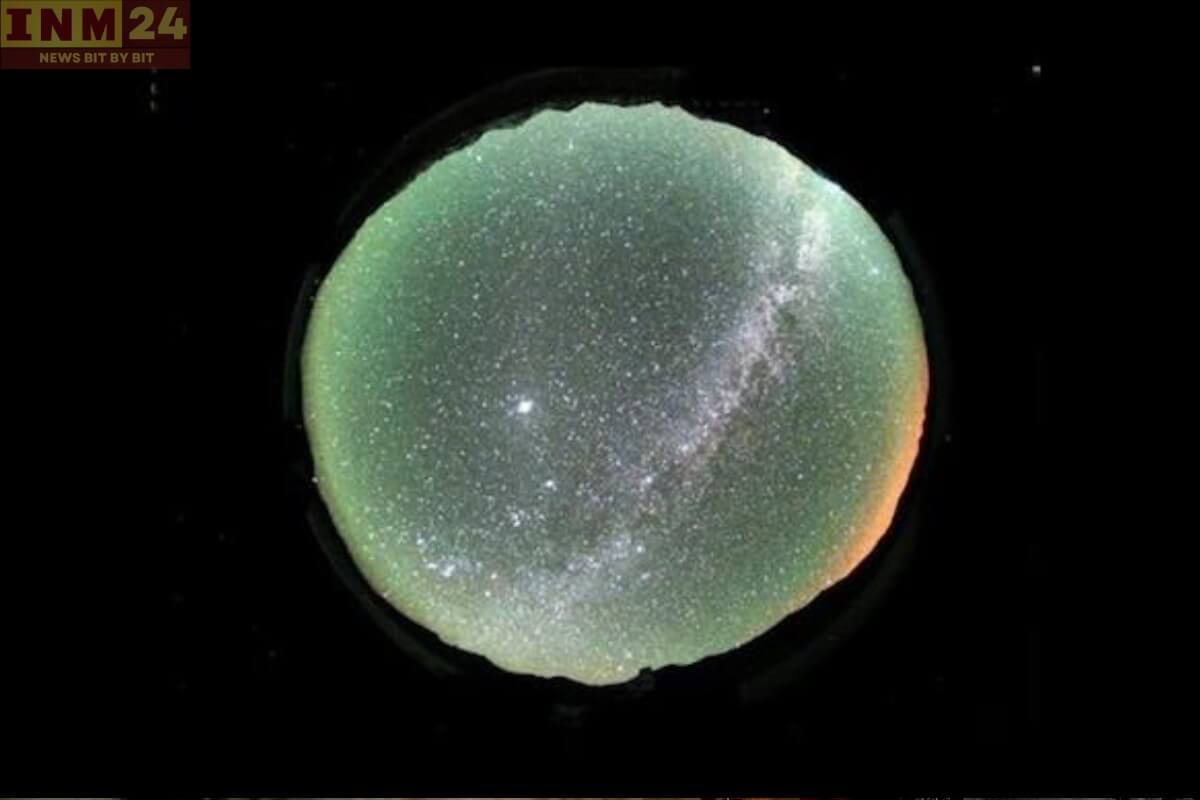Auroras, the mesmerizing natural light displays commonly observed in polar regions, have recently been spotted in the skies of Ladakh, sparking curiosity and excitement among observers. The discovery of these auroras in a region not typically associated with such phenomena has led to significant interest from scientists and enthusiasts alike. While auroras are commonly witnessed in the Earth’s polar regions, particularly the Arctic and Antarctic, their occurrence in Ladakh has raised questions about the underlying causes and triggers behind this captivating spectacle.
Unraveling the Mystery of Auroras in Ladakh
Researchers have been intrigued by the sudden appearance of auroras in Ladakh and have been diligently studying the atmospheric conditions and geomagnetic activity in the region to unravel the mystery. Preliminary findings suggest that the presence of auroras in Ladakh may be attributed to a combination of factors, including solar activity, magnetic storms, and atmospheric conditions conducive to the formation of these luminous displays.
One of the key factors contributing to the occurrence of auroras is solar activity, particularly solar flares and coronal mass ejections (CMEs) emitted by the Sun. These solar events release charged particles, primarily electrons and protons, into space, collectively known as the solar wind. When these charged particles interact with the Earth’s magnetic field, they are directed towards the polar regions, where they collide with gas molecules in the atmosphere, resulting in the emission of light that manifests as auroras.
Additionally, geomagnetic storms, triggered by disturbances in the Earth’s magnetosphere, can enhance the visibility and intensity of auroras. These storms occur when the Earth’s magnetic field interacts with the solar wind, leading to fluctuations in the magnetosphere and an influx of charged particles into the atmosphere. The heightened geomagnetic activity during such storms can amplify the auroral displays, making them more prominent and widespread.
Furthermore, atmospheric conditions, such as clear skies and minimal light pollution, play a crucial role in determining the visibility of auroras. Ladakh’s high altitude and remote location make it an ideal setting for observing celestial phenomena, including auroras, with minimal interference from artificial light sources.
Auroras in Ladakh: Unveiling Earth’s Celestial Spectacle
The discovery of auroras in Ladakh underscores the dynamic and interconnected nature of Earth’s atmosphere and its interactions with the Sun. As scientists continue to study and monitor these celestial events, they hope to gain further insights into the underlying mechanisms driving auroral activity and its implications for space weather forecasting and atmospheric research.
The sighting of auroras in Ladakh has provided a fascinating glimpse into the wonders of the natural world and sparked renewed interest in understanding the phenomena that govern our planet’s atmosphere. Through ongoing research and exploration, scientists aim to unravel the mysteries of auroras and shed light on their significance in the broader context of Earth’s dynamic and ever-evolving environment.
